Inbox and Environment News: Issue 410
June 23 - 29, 2019: Issue 410
Barrenjoey Seal Colony Growing
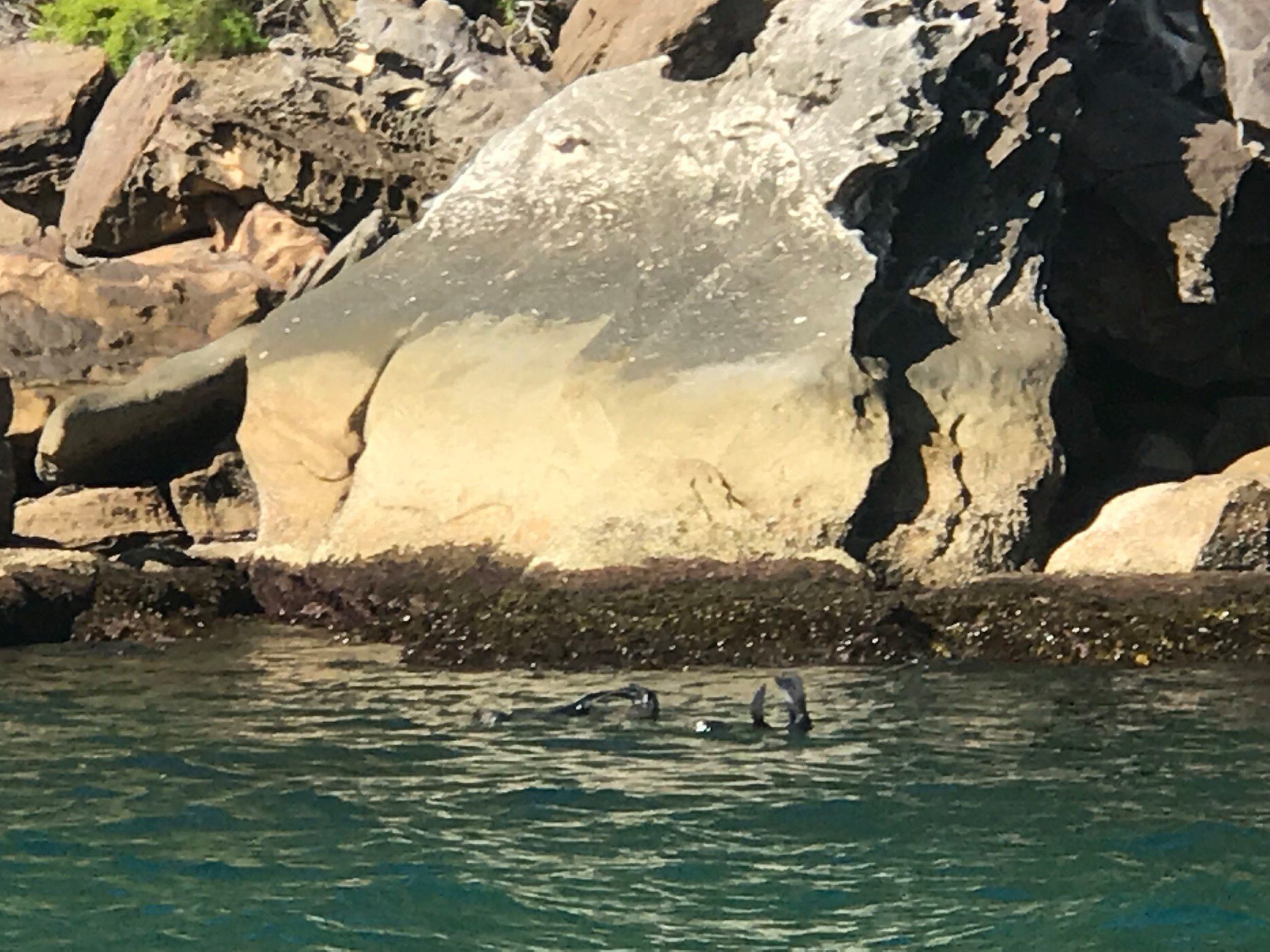
ORRCA Whale Census Day 2019 At Bilgola's A J Small Lookout
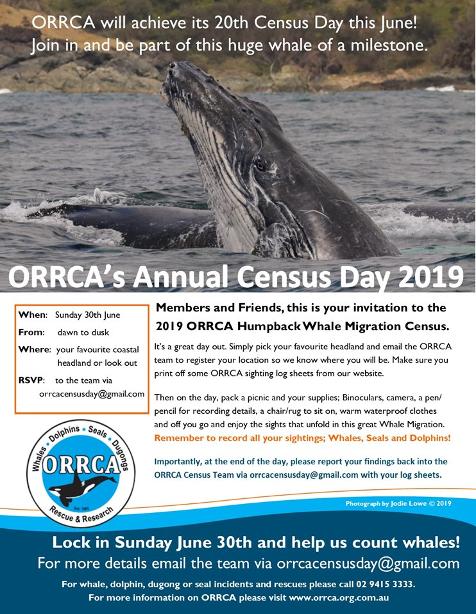
Increase Of Bell Miners At Warriewood And Ingleside A Cause For Concern
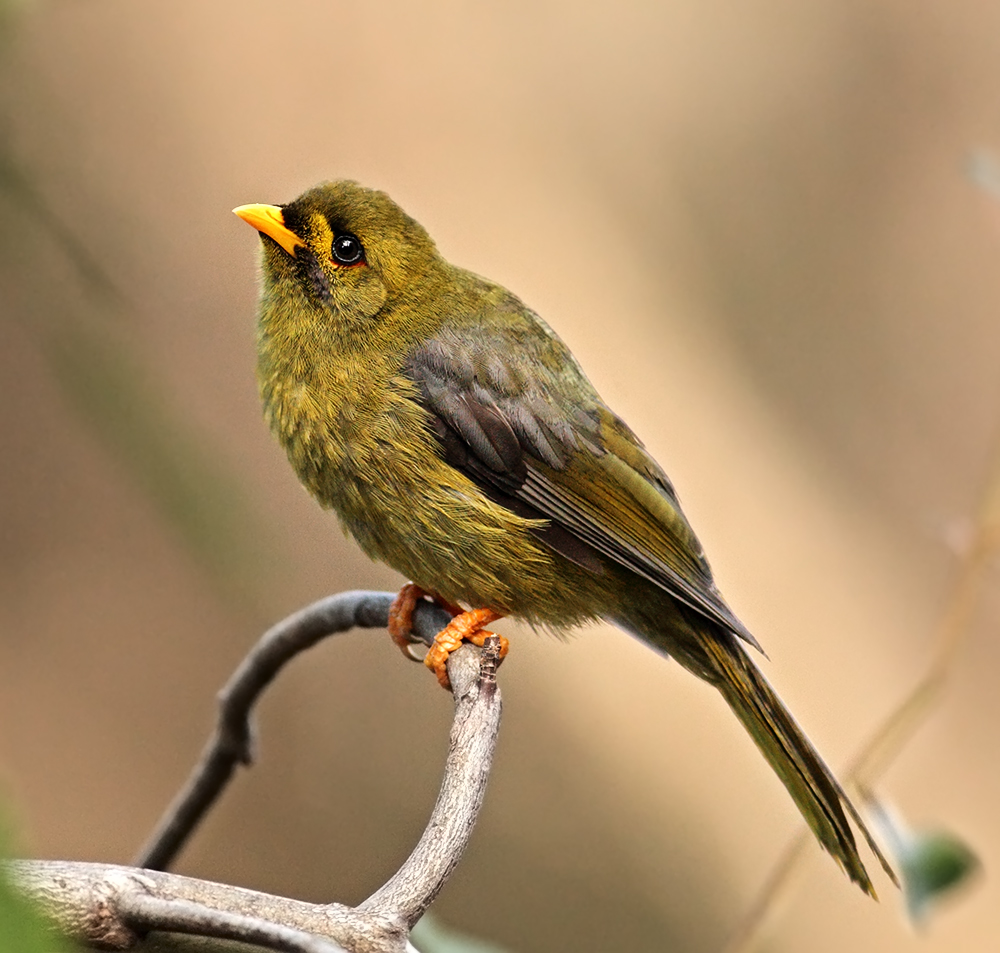
Ingleside Biobanking To Go Ahead: Great News For The Ingleside Chase Reserve
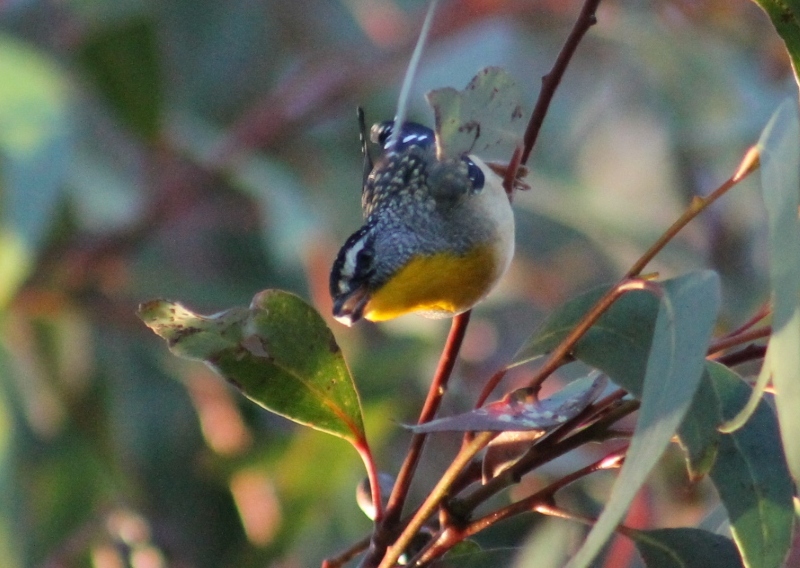
A male Spotted Pardalote at Ingleside - A J Guesdon photo
New Aquatic Boardwalk For Narrabeen Lagoon Trail Raises Concerns Over Construction During Black Swan Breeding Season And Water Turbidity
'since completion of stage 2b of the Narrabeen Lagoon Trail (NLT) in 2015 the recreational trail has enjoyed high popularity with the community and the Trail is considered a success in promoting a healthy lifestyle while also providing sustainable access to the natural environment.
Council has developed a safe solution for the northern side of the lagoon where the trail is adjacent to the Wakehurst Parkway. This narrow section of trail is a potential hazard for bike riders and pedestrians.
This existing path is in an environmentally sensitive area. The embankment is too unstable to construct a cantilevered structure and would require removal of all vegetation along this part of the riparian zone.'
- Preserves the Aboriginal heritage items on the shore
- Provides a consistent level of service with rest of the NLT
- Resolves safety hazards
- Enables the remediation of the riparian zone (included in the scope of the project)
- Provides a much better experience being well removed from major arterial road.
- Turpentine piles to ensure there is no leaching of harmful chemicals from concrete or treated pine piles into the waterway
- 2.5m width of boardwalk to comply with shared path requirements
- Inbuilt pockets in the boardwalk abutments to provide habitat opportunity
- The alignment and construction methodology has been determined by the current bed of dead seagrass to ensure that living beds of seagrass are protected.
- best practice safety for pedestrians and cyclists
- minimal environmental impact
- diversity of recreation experience on the trail
- aesthetically pleasing outcome from the waterway
- ability for Council to undertake riparian and foreshore revegetation and restoration of the degraded lagoon edge along the Parkway
NSW Upper House Inquiry Into Koala Populations And Habitat In New South Wales
NSW Budget: Environment Allocations
- $632.3 million for national parks, public parklands and gardens to grow tourism and improve liveability and sustainability. This includes:
- $17.2 million for the Snowies Iconic Great Walk
- $9.9 million for the Thredbo Valley Track Extension
- $7.9 million for the Light to Light Great Walk
- $3.6 million for the Murramarang South Coast Walk
- $3.0 million for the Port Stephens Koala Hospital and Tourism Facility.
- other Government commitments include:
- $11.0 million towards Murray River Experience
- $8.5 million for the Jenolan project
- $6.3 million towards the Scone Aviation Visitor Attraction centre
- $5.0 million towards the Wagga Wagga Riverside Precinct Rejuvenation
- $4.6 million for the Winnie Bay Clifftop Walk.
- $102.1 million (part of a five-year $1.4 billion program) to deliver outcomes that help communities and businesses adapt to a changing climate
- $89.4 million ($345.0 million over four years) for the Biodiversity Conservation Trust of New South Wales to deliver private land conservation outcomes across priority areas
- $59.5 million to move the National Herbarium from its current location in the Royal Botanic Garden Sydney to Mount Annan, creating 350 new jobs. The new, purpose-built Centre of Innovation in Plant Sciences will be the nation’s premier botanic science research facility
- $36.8 million to protect threatened species across NSW by maximising the number of threatened species secured in the wild, by investing $11.9 million to implement the Koala Strategy and $24.9 million through the Saving our Species program
- $20 million over five years for the creation and upgrade of inclusive playspaces to improve the liveability of NSW communities as part of the Everyone Can Play in NSW program
- $9.5 million in 2018-19 ($37.5 million over four years) partnering with community, councils and business to increase the average tree canopy across Sydney as part of the Five Million Trees for Greater Sydney by 2030 program.
- $7.7 million over four years for the Tweed Hinterlands Walk, Byron to Border Ranges
- $10.7 million for the Great Southern Nature Walk- Southern Gateway
- $7.5 million for the Macleay Coast Trial Bay precinct upgrade
- $7.1 million for the Tomaree Coastal Walk in Port Stephens
- $9.9 million for the Sydney Harbour Scenic Walk.
NSW Budget Neglects Climate And Extinction Emergencies
Whale On!
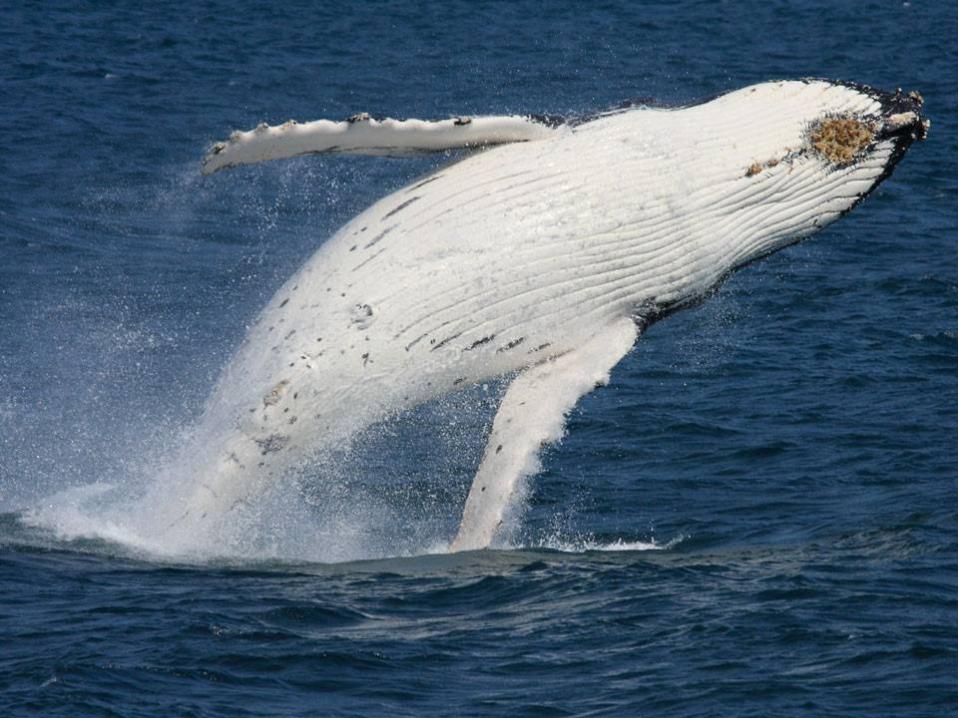
Catch A Glimpse Of A Humpback Whale
Visit a coastal NSW national park to spot a humpback whale, as they start their annual migration north.
From May to November 2019, over 30,000 humpback whales will migrate from the cold waters of Antarctica to the warmer waters off north east Australia to mate and give birth before heading south again.
Vantage spots for whale watching include national parks with lookouts, headlands and foreshores.
Southern right and minke whales may also be spotted off the NSW coast during migration season.
Keen whale-watchers can download the free Wild About Whales mobile app, which helps users find the best locations for spotting whales, get real-time notifications of nearby sightings, and record their sightings.
Environment Minister Matt Kean said the app is a great tool for the whole family to learn more about whales, while also contributing to a citizen science project.
“Citizen science volunteers and other organisations such as ORRCA do an amazing job of monitoring the number of whales migrating along the NSW coast each season,” Mr Kean said.
Narwhals And Belugas Can Interbreed
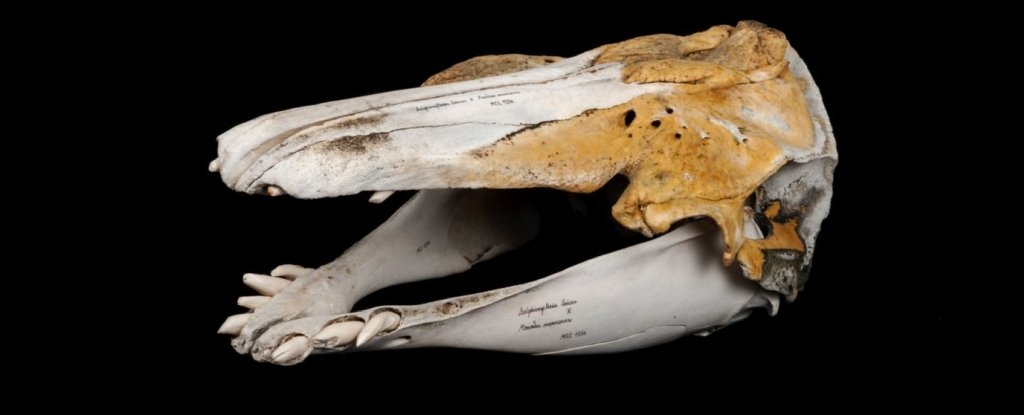
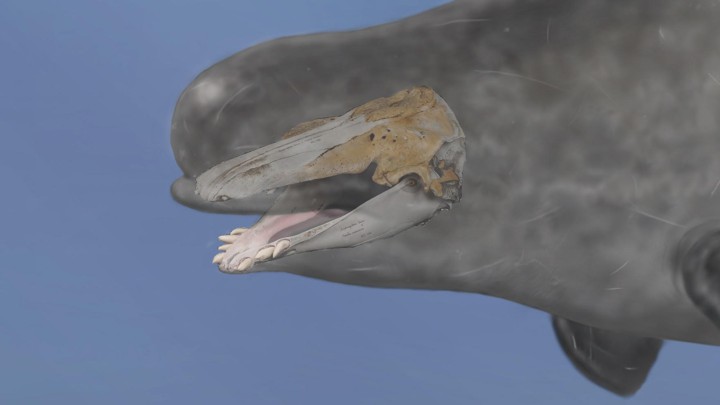
- By extracting DNA from the anomalous whale skull and comparing it to a genetic reference panel of narwhal and beluga, researchers established the whale's genomic affiliation.
- Researchers analyzed reference stocks of narwhal and beluga for stable isotopes and compared these with isotope values from the hybrid skull. By measuring bone carbon and nitrogen concentrations, researchers were able to discern whether the whale's diet consisted of food from the water column or from the sea floor. The isotopes demonstrated that the hybrid whale's dietary choices were very different than those of either narwhal or beluga.
- Narwhals and belugas are the only toothed whales endemic to the Arctic region. While they are each other's closest relatives and roughly equal in size, the two species differ in their morphology and behaviour. The narwhal is characterized by its long, spiraled tusk and has a greyish-brown, mottled pigmentation, whereas belugas have two rows of uniform teeth, and adults are completely white. Narwhals are specialists when it comes to dietary choice, and belugas are generalists.
- The research is a collaboration between the Natural History Museum of Denmark at the University of Copenhagen, the Greenland Institute of Natural Resources and the Department of Anthropology, Trent University (CA).
- The research is supported by the Carlsberg Foundation, the Villum Fonden Young Investigator programme and the Canada Research Chair programme.
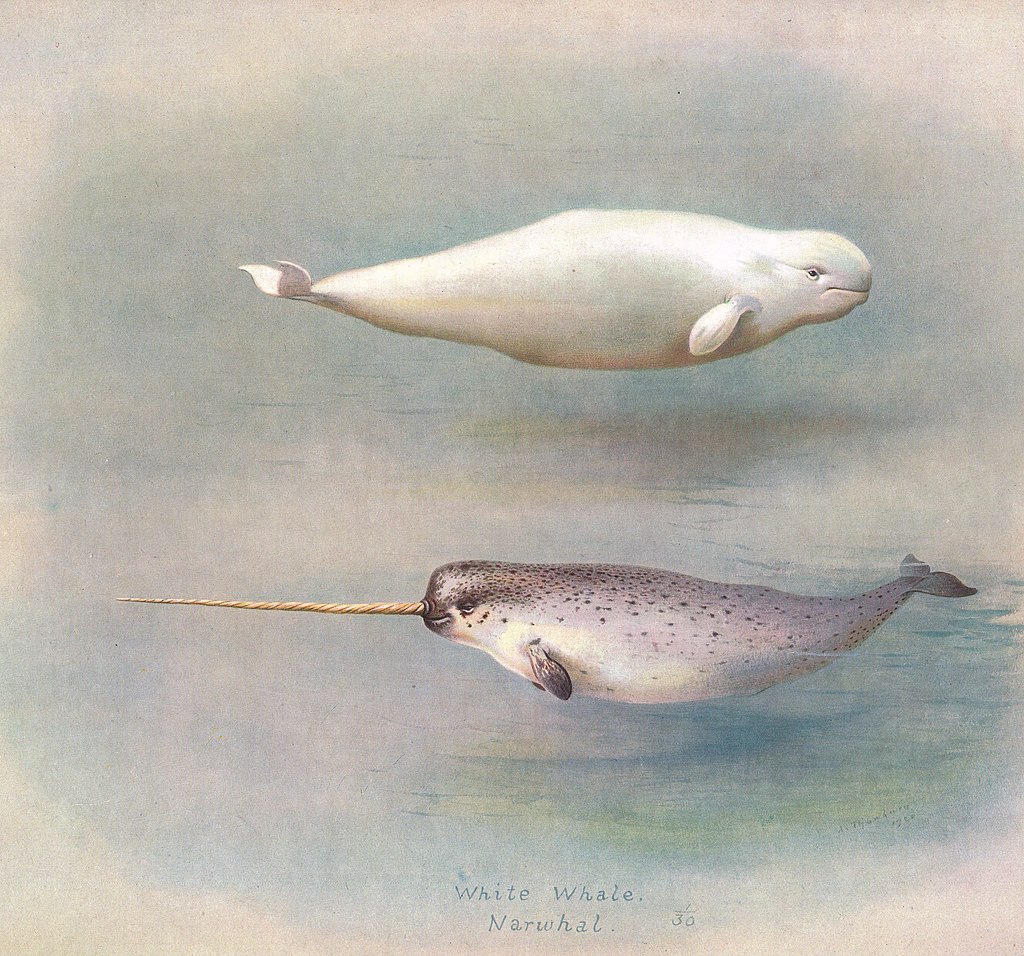
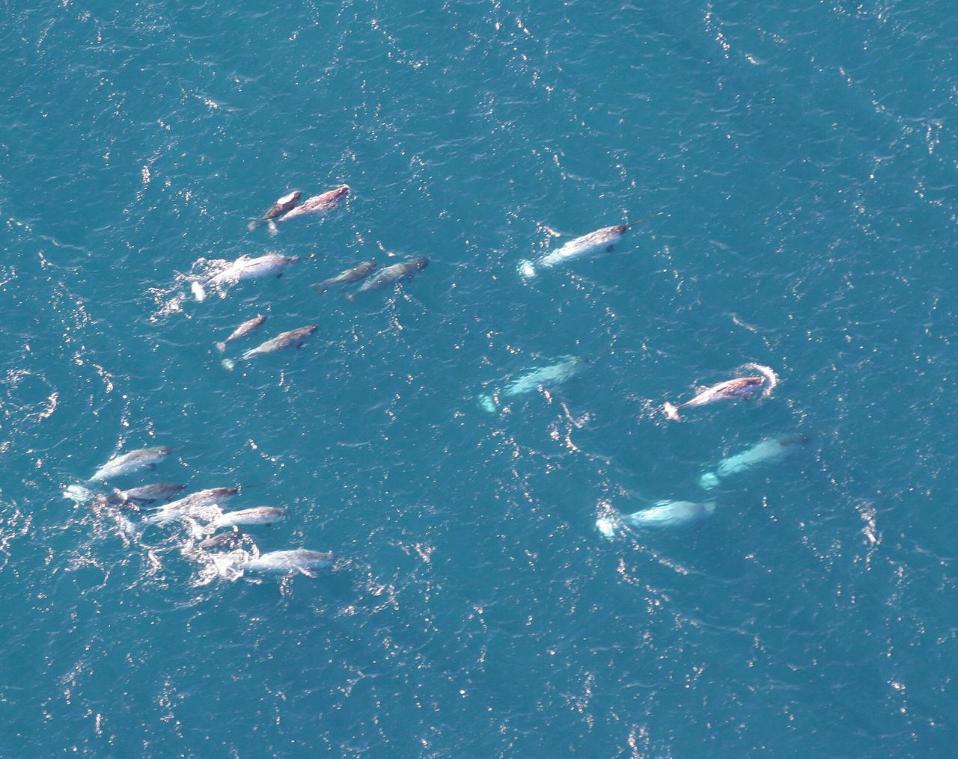
Memo To The Environment Minister: A River Does Need All Its Water
Sometimes the environment doesn’t need all its water but farmers desperately do need water.
Read more: Damning royal commission report leaves no doubt that we all lose if the Murray-Darling Basin Plan fails
Read more: 5 ways the government can clean up the Murray-Darling Basin Plan
Country Music Stars To Join Farmers And Supporters In Big Bash In The Bylong Valley
Santos Must Stop Ducking Scientific Scrutiny At Narrabri
Notorious Whitehaven Fined For Environmental Vandalism
National Tree Day 2019
Australia’s Energy Exports Increase Global Greenhouse Emissions, Not Decrease Them
Read more: Here's how a 100% renewable energy future can create jobs and even save the gas industry
'Australia’s total LNG exports are estimated to have the potential to lower emissions in importing countries by around 148Mt CO₂-e [million tonnes of carbon dioxide equivalent] in 2018, if they displace coal consumption in those countries.'
Read more: Whichever way you spin it, Australia's greenhouse emissions have been climbing since 2015
Organics Collections Grants Now Open
Grassroots Sport Honoured At Prestigious NSW Community Sports Awards: Avalon Beach SLSC Named The Community Club Of The Year
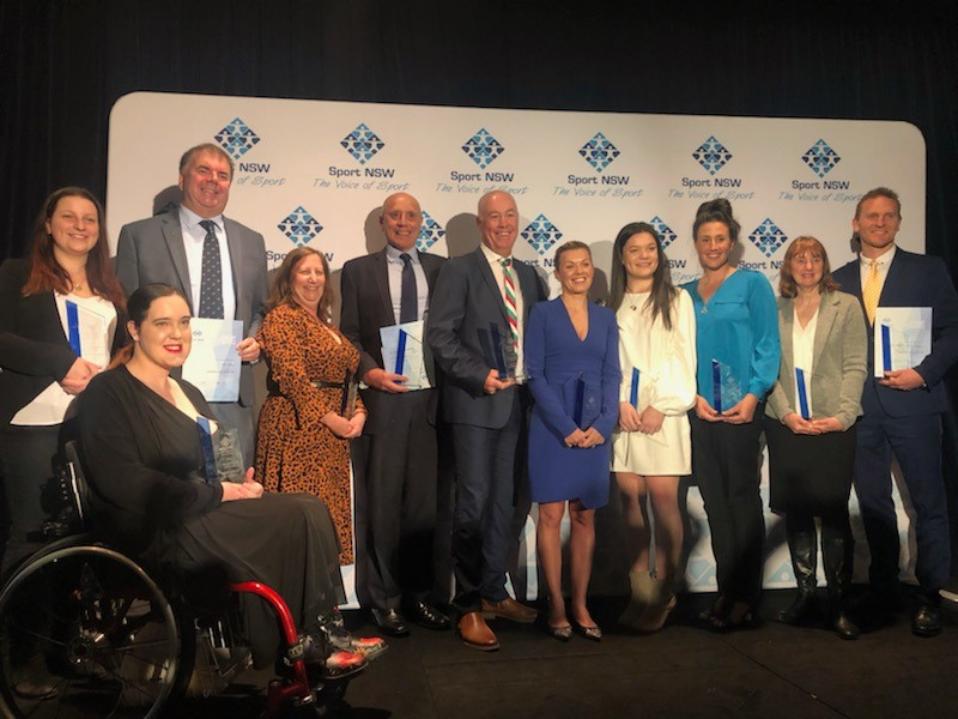
Sport NSW Community Club of the Year 2019 was awarded to Avalon Beach Surf Life Saving Club this week.
Club President Ashley Cardiff said "Another great night. We were the only Surf Life Saving nominee to be successful on the night."
The Sport NSW Community Club of the Year Award makes it a fantastic trifecta year for Avalon Beach SLSC, having won both State and National SLSA Surf Life Saving Club of the Year earlier.
Newport Breakers Rugby Club Ladies Day 2019 At Porters Reserve
Newport Breakers Rugby Club held their Ladies Day and Tackling Violence Round at their home ground, Porters Reserve, on Saturday June 15th.
Ladies Day is one of the most popular annual events on the Newport Breakers Rugby Club Calendar. This year’s Ladies Day proceeds raised will go to the Northern Beaches Women’s Shelter.
Tickets included drinks, food and entertainment. A mega raffle ran throughout the day with great prizes and to raise yet more funds. Huge thanks to Bec Hamilton and her team for organising yet another great Ladies Day for Newport rugby Club.
Four games resulted in the Newport Breakers undefeated season at home continuing to a 16th game with 1st Grade defeating Hawkesbury Agriculture 43 to 24.
In the earlier games
2nd Grade: Newport 12 - Hawksebury 7
Colts: Newport 45 - Hawkesbury 14
3rd Grade: Newport 65 - Hawkesbury 0
Sam Carson was a welcome special guest during the earlier matches. Sam, after whom the Sam Carson Cup is named, played 100 club games for Norths as a halfback before sustaining a severe brain injury in 2009 from a balcony fall. His family (Norths Life Member Peter Carson) established the Fresh Tracks Foundation to define fresh pathways for people involved in acquired brain injuries.
Rugby Director Chris Hall, who was instrumental in establishing the Sam Carson Cup in 2012 said “One of the main reasons behind the idea was that we wanted to create an identity and culture within colts which reflected mateship, respect, and love for both Norths and rugby."
While later on, younger ladies led from Newport Juniors led 1st Grade out on the field.
At the half way point of Season 2019 all 4 Newport sides are sitting in the top 4 of their respective competitions. Newport are sitting in 2nd place on the Club Championship table. Our Colts are smashing it; undefeated with a 231 points differential. There are only 3 more home matches this Season:
- Saturday 22nd June vs. Old Ignatians
- Saturday 13th July vs. Beecroft, Back to Breakers & Mo Day
- Saturday 3rd August vs. Redfield College, Sponsors and Broken Breakers Day
Make sure Mo Day / Back to Breakers Day is in your diary as we’ll be celebrating the 20th Anniversary of Newport’s historic 1999 Kentwell Cup win.
To find out more about Newport Breakers Rugby Club and get involved, please visit: www.newportrugby.com.au
After the 4 wins on the home ground some members joined the ladies in the clubhouse to celebrate. Newport member Cameron Greaves shares some of that great community spirit from this year's Newport Breakers Rugby Club Ladies day 2019 - HERE.
Winter In Pittwater 2019
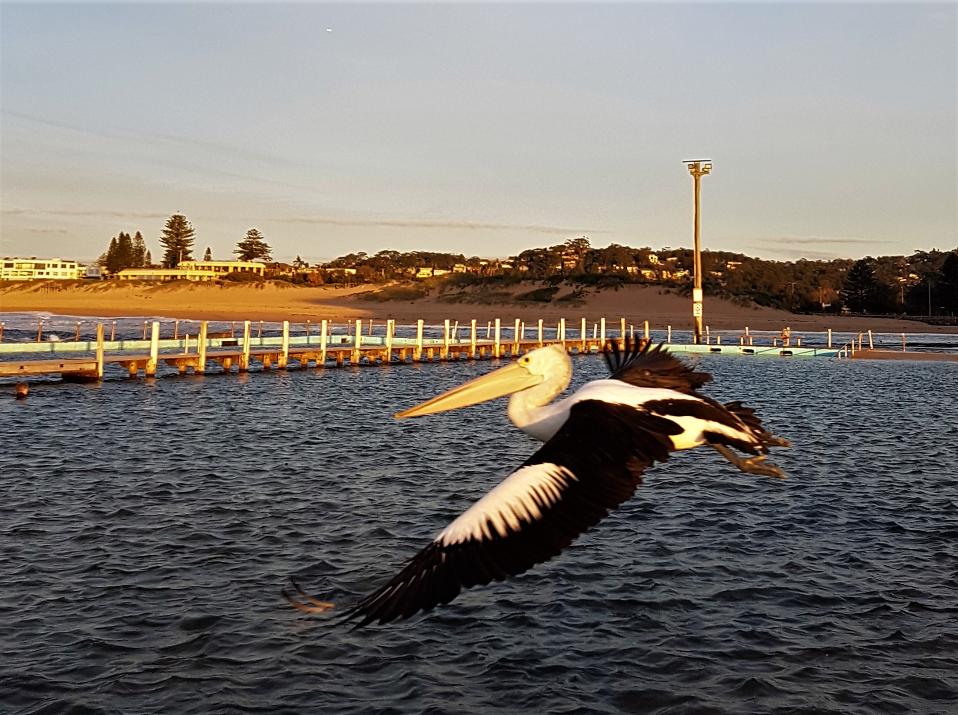
Winter Solstice
The June Solstice (Winter Solstice) was on Saturday, June 22, 2019 at 1:54 am in Sydney. In terms of daylight, this day is 4 hours, 31 minutes shorter than on December Solstice. That means those frosty morning conditions will be around for a little while yet - but we shall wing above them and enjoy the fresh clean coldness, certain that we are now heading back towards days of longer light!
Photo: Narrabeen Pelican over Narrabeen Pool just after dawn - by Joe Mills
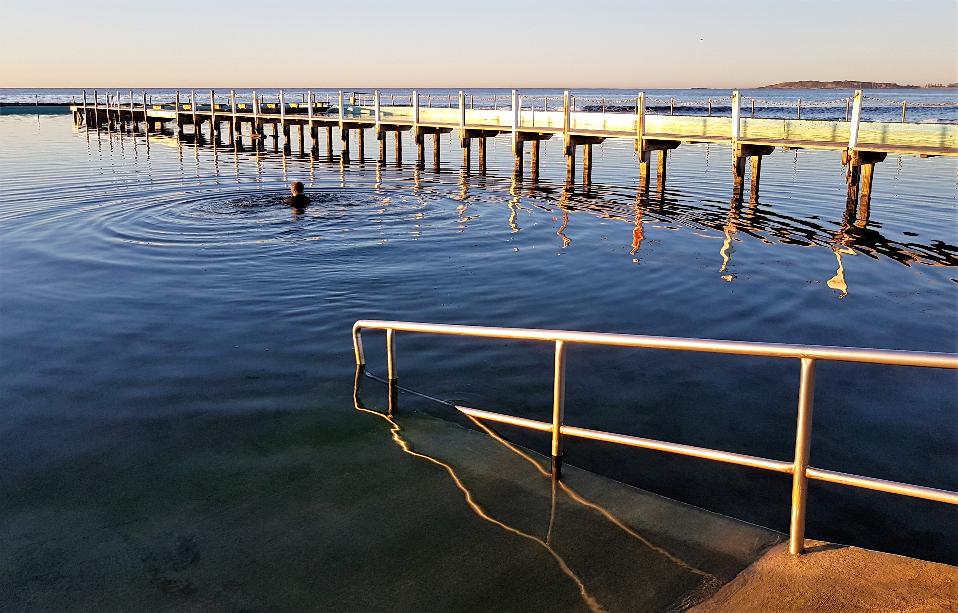
Narrabeen Pool - currently warmer in than out! photo by Joe Mills
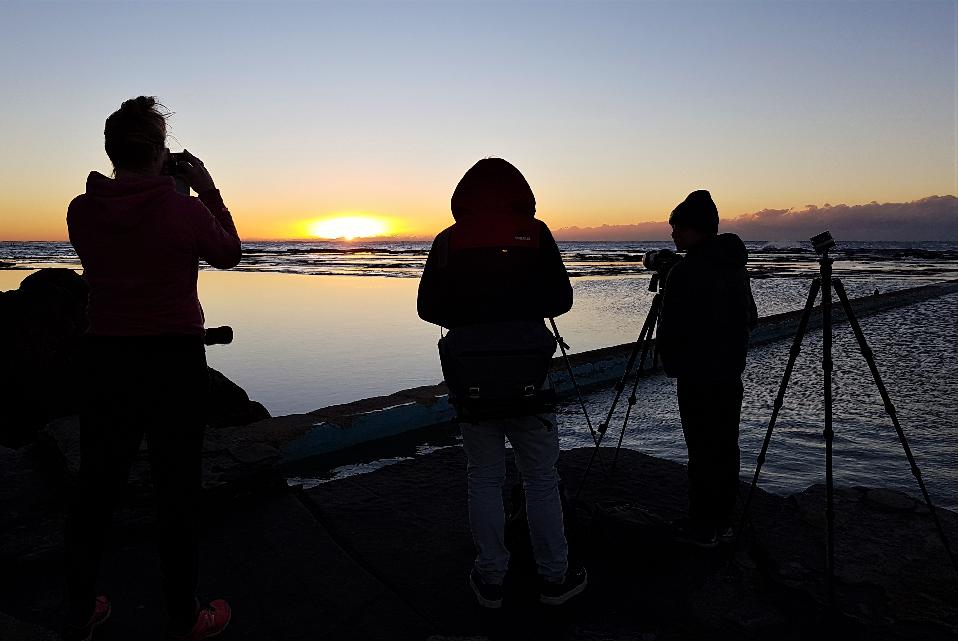
Narrabeen-Turrimetta-Warriewood Dawn Photographers, waiting for the light - photo by Joe Mills
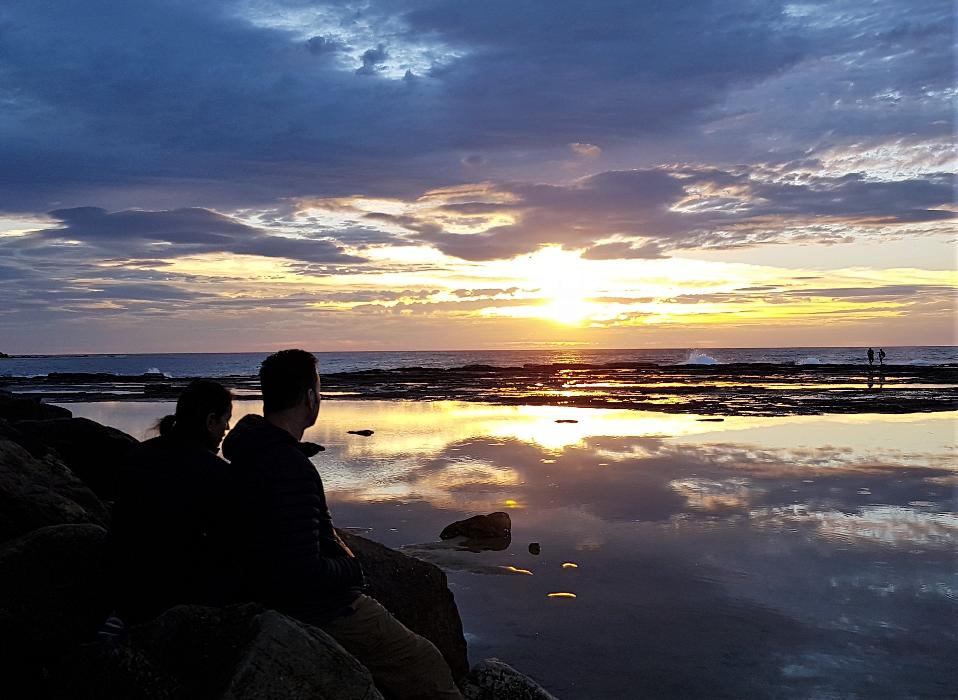
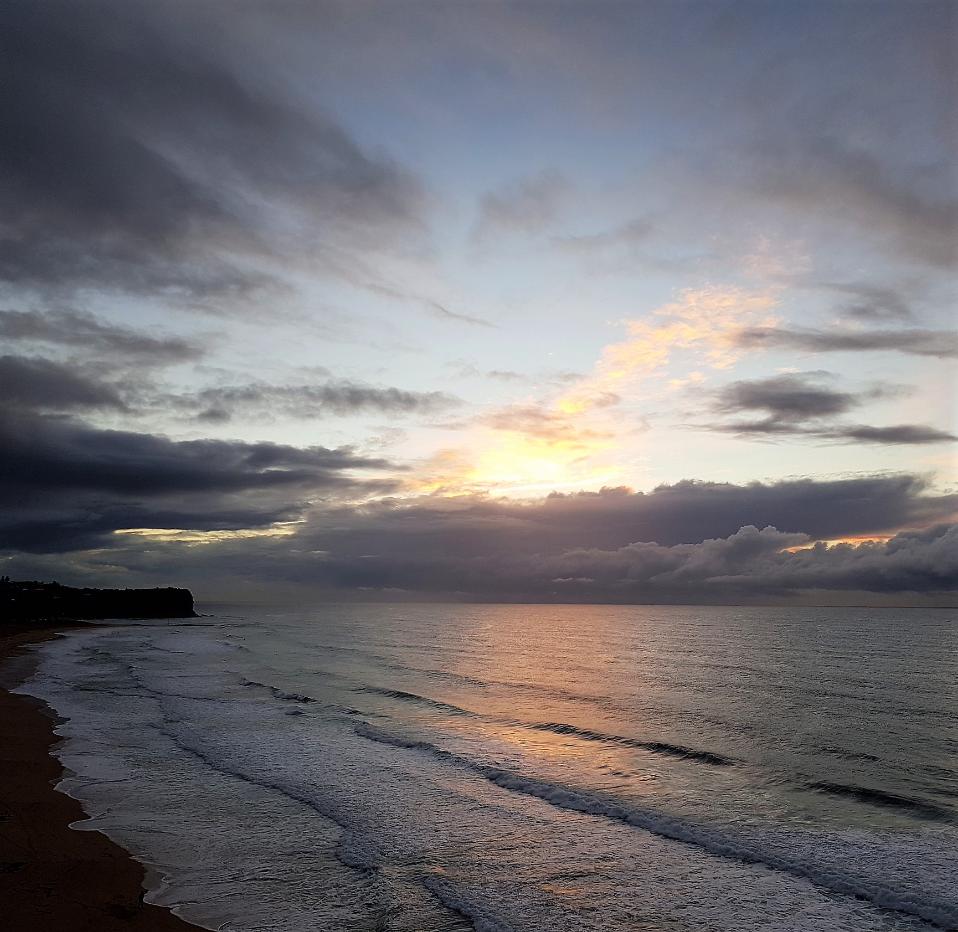
Silver- Grey Winter Mornings at Narrabeen and Turrimetta this week (Tuesday June 18, 2019) - photo by Joe Mills
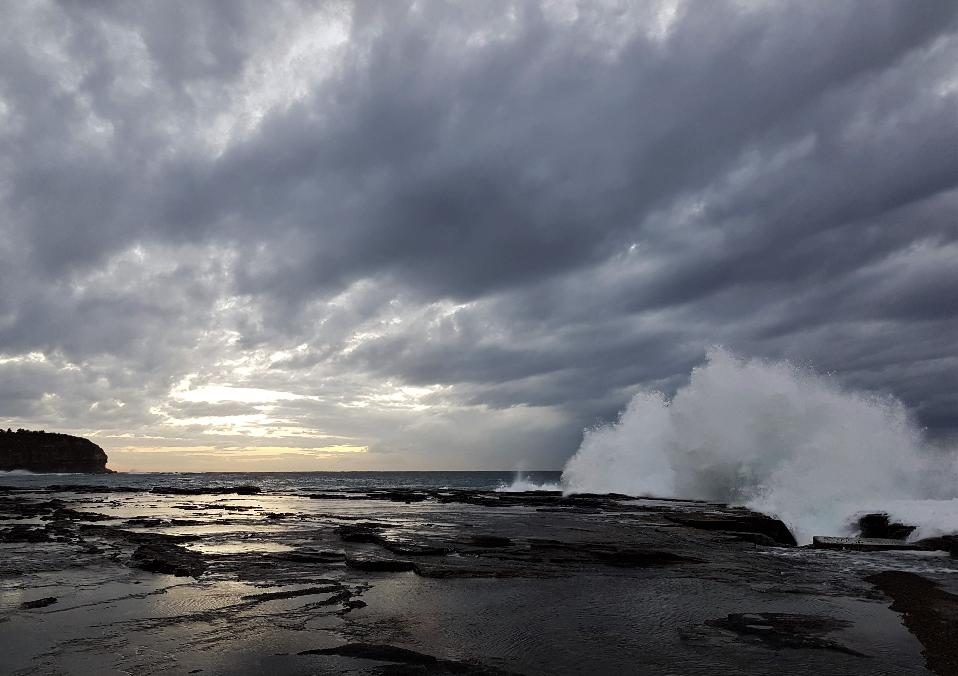
Silver- Grey Winter Mornings at Narrabeen and Turrimetta this week (Thursday June 20, 2019) - photo by Joe Mills
Join CSIRO To Celebrate The Apollo 11 Moon Landing At 'The Dish'
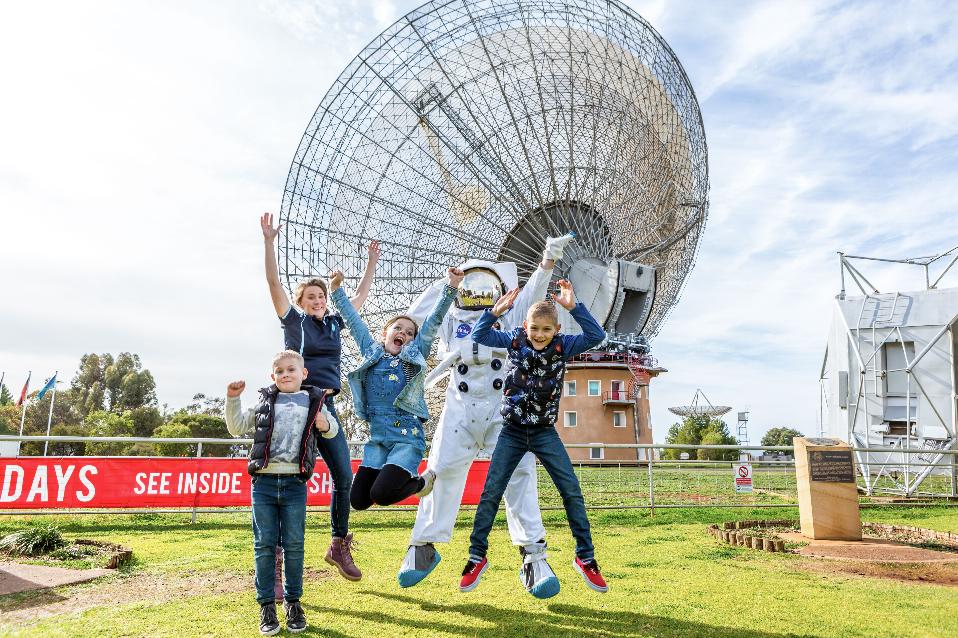
For those of us who were knee high to a grasshopper when made to watch this by mum and dad, on an old PYE television in our case, this will be of interest - Received from CSIRO, June 21st, 2019:
To mark the 50th anniversary of the historic Apollo 11 Moon landing, CSIRO – Australia's national science agency, will be celebrating with open days at its Parkes radio telescope on Saturday 20 and Sunday 21 July.
At 12.56pm on 21 July 1969 (AEST), humankind took its 'one giant leap' onto the Moon's surface and the incredible images were broadcast to 600 million people around the world.
While it was NASA's moment, it was Australia's too: sending astronauts to the Moon and sharing the momentous occasion couldn't have happened without the pivotal role Australia played.
The initial TV pictures from the Moon and Neil Armstrong's first steps on the lunar surface were broadcast through NASA's Honeysuckle Creek tracking station near Canberra.
After a few minutes, the higher quality television signal received by CSIRO's Parkes radio telescope was relayed around the world.

Crowds gather around a television set in the window of the Bank of New South Wales in Sydney to watch the the broadcast of American astronaut Neil Armstrong becoming the first man to land on the moon, July 21 1969. Picture: SMH Staff
On 20 and 21 July, you're invited to join CSIRO for the open days at 'The Dish' and take the rare opportunity to enjoy a tour inside the telescope.
As well as tours of the telescope, CSIRO will be offering plenty of fun-filled activities including the chance to drive the telescope to detect pulsars in real time.
Visitors will also have the opportunity to hear from representatives from the Australian Space Agency, as well as Australian-born NASA astronaut Dr Andrew Thomas, who will be in attendance thanks to support from the U.S. Embassy in Canberra.
"The Apollo 11 Moon landing inspired humanity to dream bigger and even imagine solving the impossible using science and technology," CSIRO Chief Executive Larry Marshall said.
"This too is CSIRO's purpose, solutions from science and our science-driven national challenges and missions of today will inspire our children to solve the challenges of tomorrow, knowing no boundaries but their own imaginations, dreaming as big as space itself."
There will be a special treat for visitors on the Saturday evening, with a screening of the movie 'The Dish', to be introduced by one of the movie's stars – Roy Billing, who played the Mayor of Parkes in the movie.
CSIRO has also partnered with ABC Radio for a live broadcast during both days of the event, and Parkes Shire Council to ensure everyone visiting the open days has a fantastic visit to the region.
For more information about the open days visit www.csiro.au/apollo11
NB: NSW Winter School Holidays: Saturday, 6 July 2019 to Sunday, 21 July 2019
We acknowledge the Wiradjuri people as the traditional owners of the CSIRO Parkes Observatory site.
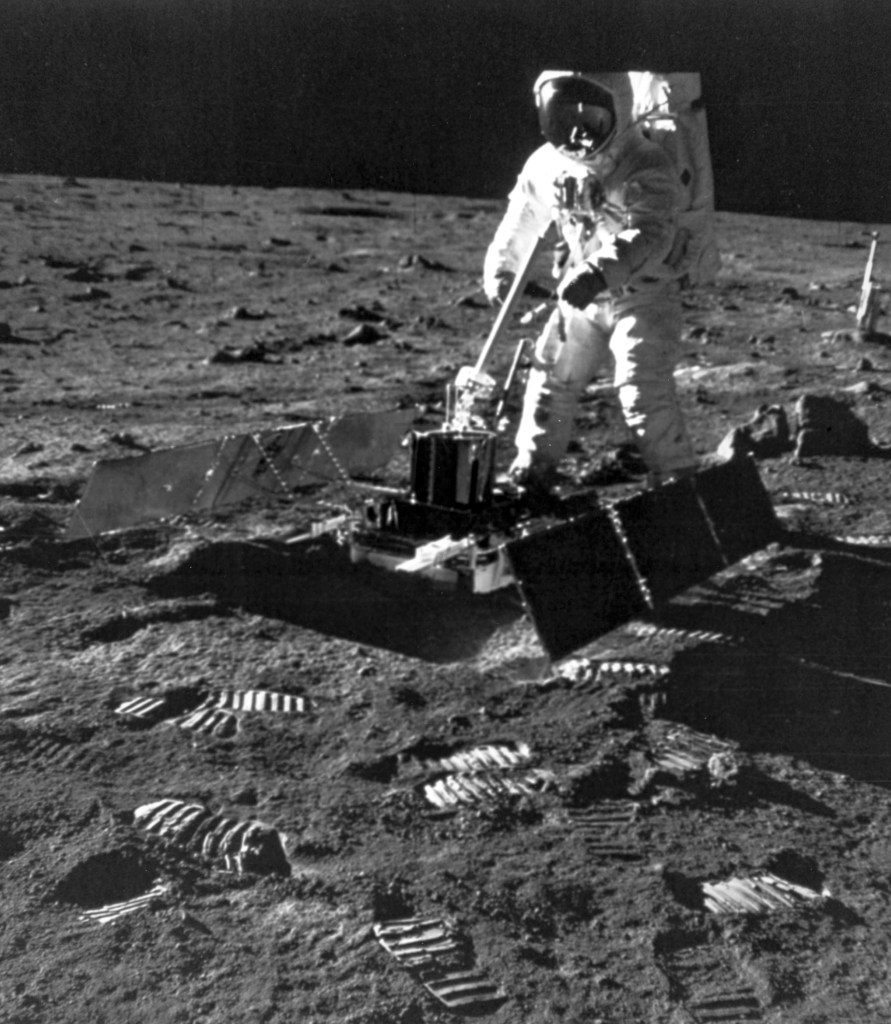
Buzz Aldrin with the Passive Seismic Experiment Package (PSEP). Credit: NASA
30 Years Since Australia First Connected To The Internet, We’ve Come A Long Way
June 21, 2019
by Justin Zobel
Pro Vice-Chancellor, Graduate & International Research, University of Melbourne
This article is part of The Conversation's occasional long read series Zoom Out, where authors explore key ideas in science and technology in the broader context of society and humanity.
When Australia joined the global internet on June 23, 1989 – via a connection made by the University of Melbourne – it was mostly used by computer scientists.
Three decades later, more than 86% of Australian households are connected to the internet.
But it was a slow start. At first, network capacity was limited to very small volumes of information.
This all changed thanks to the development of vastly more powerful computers, and other technologies that have transformed our online experience.
One of those technologies is probably in front of you now: the screen.
Look at how you view the web, email and apps today: not just on large desktop screens but also handheld devices, and perhaps even an internet-connected wristwatch.
This was barely imaginable 30 years ago.
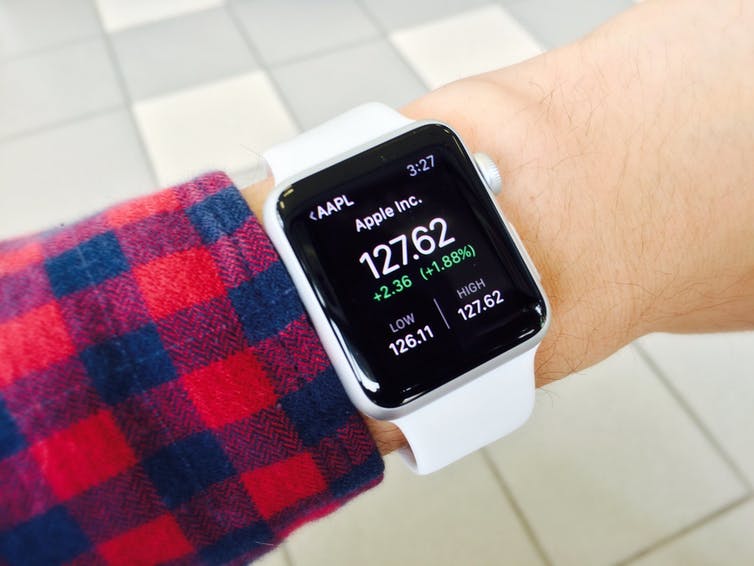
Today you can get share price updates on your internet connected Apple Watch. Flickr/Shinya Suzuki, CC BY-ND
Connected to the world
By the time Australia first connected, the internet had been developing for 20 years. The very first network had been turned on in the United States in 1969.
Australia too had networks during the 1980s, but distance and a lack of interest from commercial providers meant these were isolated from the rest of the world.
This first international link provided 0.5 megabits of national connectivity. Just half a megabit for the whole country! Today that would only only be enough for, in total, four Australians to simultaneously access music from an overseas streaming service (encoded at 128kbs), or for just one movie to be transferred to Australia per day.
But at that time digital music, video and images were not distributed online. Nor was the internet servicing a large community. Most of the users were academics or researchers in computer science or physics.
With continuous connection came live access. The most immediate impact was that email could now be delivered immediately.
At first, email and internet news groups (discussion forums) were the main traffic, but the connection also gave access to information sharing services such as Archie (an old example here) and WAIS, which were mostly used to share software.
There was connection too, in principle at least, to the newly created world wide web, which in June 1989 was just three months old and largely unknown. It wouldn’t become significant for another four years or so.
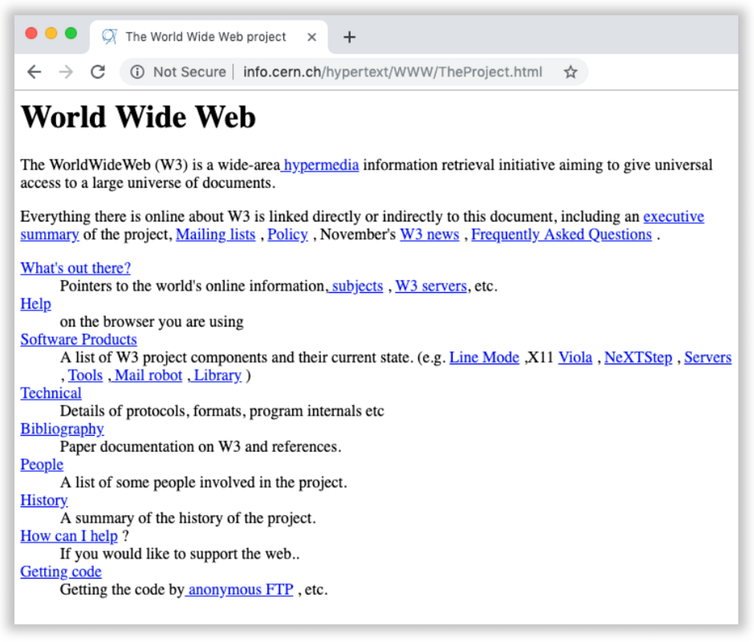
An early version of the first web page. CERN/Screengrab
This turning-on of a connection was not a “light in a darkened room” moment, in which we suddenly had access to the resources that are now so familiar to us.
But it was a crucial step, one of several developments maturing in parallel that created the technology that has so drastically transformed our society, commerce and daily lives. Within just a few years we were surfing the web and sending email from home.
The technology develops
The first of these developments was the internet itself, which was and is a cobbling-together of disparate networks around the globe.
Australia had several networks, ranging from the relatively open ACSNET (now called AARNET) created by computer science departments to connect universities to, at the other extreme, proprietary, secure networks operated by defence and industry.
When Melbourne opened that first link, it provided a bridge from ACSNET to the networks in the United States and from there to the rest of the world.
Just as important were developments in the underlying technology. At the time, the capacity of the networks was adequate - just. As the community of users rapidly grew, it sometimes seemed as though the internet might utterly break down.
By the mid-1990s bandwidth (the volume of digital traffic that a network can carry) increased to an extent that earlier had seemed unimaginable. This provided the data transmission infrastructure the web would come to demand.
Another development was computing hardware. Computers were doubling in speed every 18 months, as had been predicted. They also became much cheaper.
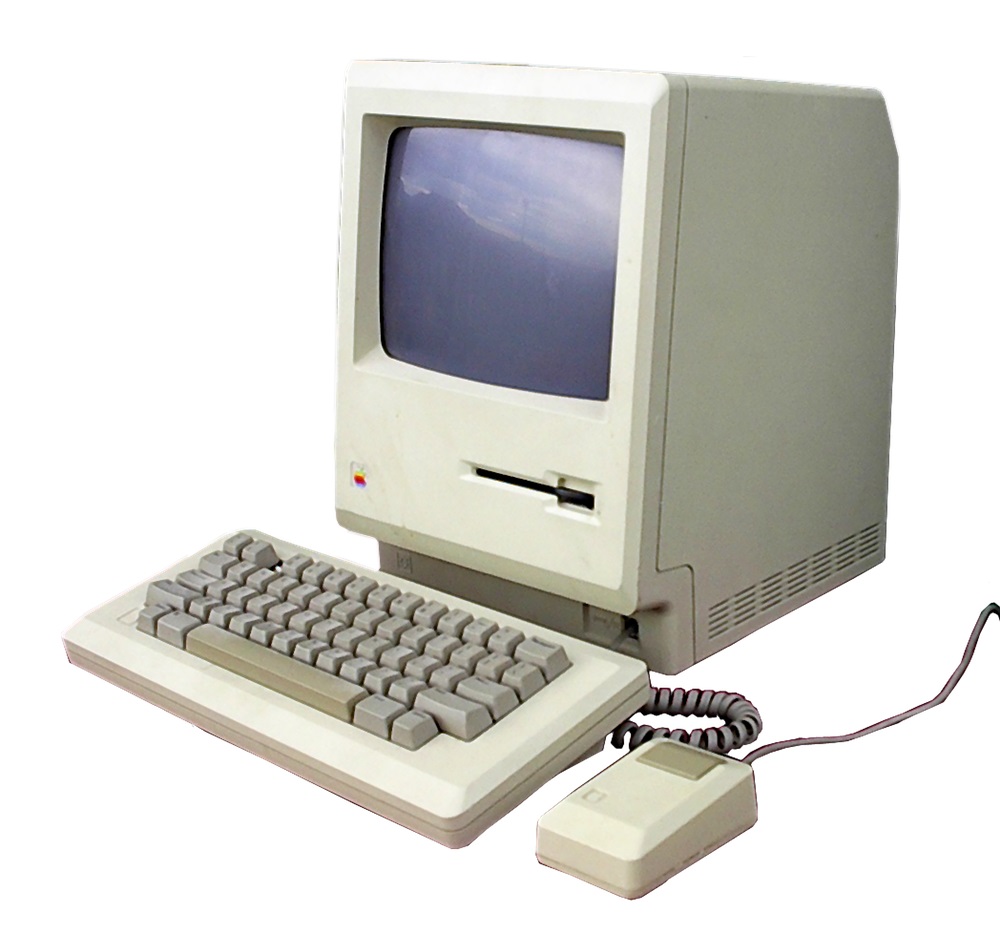
A Macintosh desktop computer from 1985. Flickr/Luke Jones, CC BY
Computer disks were also growing in capacity, doubling in size every year or so. The yet-to-appear web would require disk space for storage of web pages, and compute capacity for running servers, which are applications that provide a door into a computer, giving users remote access to data and software.
In the 1980s these had been scarce, expensive resources that would have been overwhelmed by even small volumes of web traffic. By the early 1990s growth in capacity could – just – accommodate the demand that suddenly appeared and homes were being connected, via dial-up at first.
A new operating system
But it is a third concurrent development that is, to me, the most remarkable.
This is the emergence of the UNIX operating system and of a community of people who collaboratively wrote UNIX-based code for free (yes, for no charge). Their work provided what is arguably the core of the systems that underpin the modern world.
UNIX was created by Dennis Ritchie, Ken Thompson and a small number of colleagues at AT&T Bell Labs, in the US, from 1970.
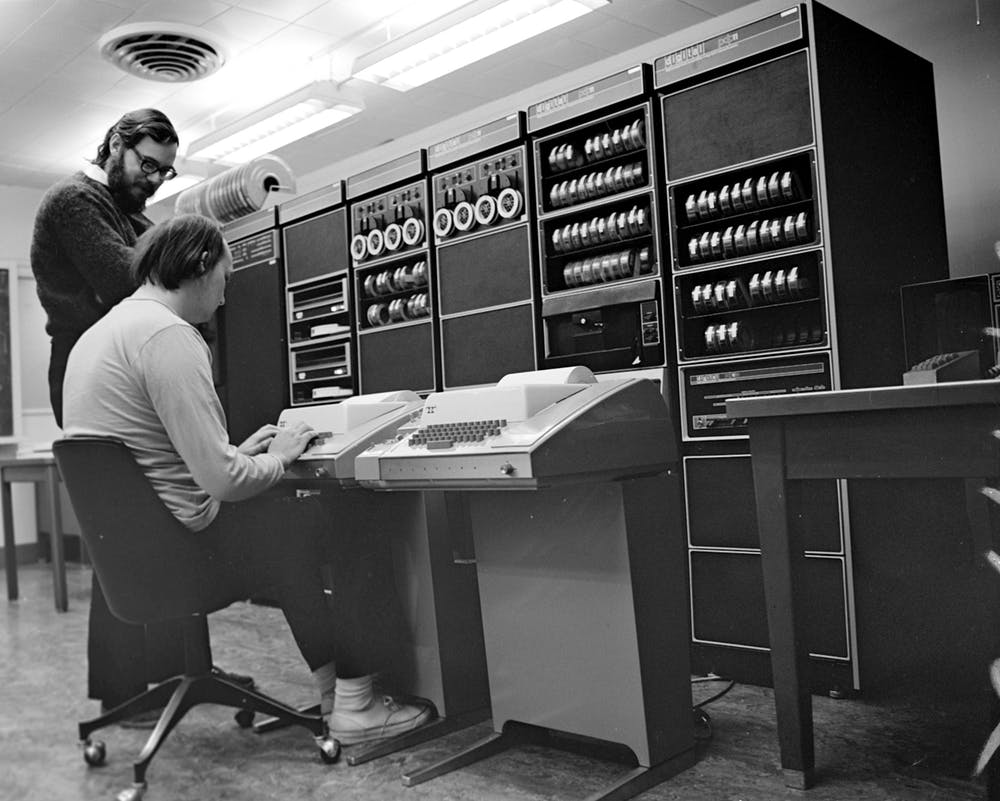
Ken Thompson and Dennis Richie with DEC PDP-11 system running UNIX. Wikimedia/Peter Hamer, CC BY-SA
At that time, operating systems (like iOS on today’s Apple phones) were limited to a single type of computer. Code and programs could not be used across machines from different manufacturers.
UNIX, in contrast, could be used on any suitable machine. This is the reason UNIX variants continue to provide the core of Apple Mac computers, Android phones, systems such as inflight entertainment and smart TVs, and many billions of other devices.
The open source movement
Along with UNIX came a culture of collaborative code development by programmers. This was initially via sharing of programs sent on tape between institutions as parcels in the mail. Anyone with time to spare could create programs and share them with a community of like-minded users.
This became known as the open source movement. Many thousands of people helped develop software of a diversity and richness that was beyond the resources of any single organisation. And it was not driven by commercial or corporate needs.
Programs could embody speculative innovations, and any developer who was frustrated by errors or shortcomings in the tools they used could update or correct them.
A key piece of open source software was the server, a computer system in a network shared by multiple users. Providing anonymous users with remote access was far from desirable for commercial computers of the era, on which use of costly computing time was tightly controlled.
But in an academic, sharing, open environment such servers were a valuable tool, at least for computer scientists, who were the main users of university computers in that era.
Another key piece of open source software was the router, which allowed computers on a network to collaborate in directing network requests and responses between connected machines anywhere on the planet.
Servers had been used for email since the beginnings of the internet and initially it was email, delivered with the help of routers, that brought networked desktop computing into homes and businesses.
When the web was proposed, extending these servers to allow the information from web page servers to be sent to a user’s computer was a small step.
What you looking at?
The last component is so ubiquitous that we forget what is literally before our eyes: the screen.
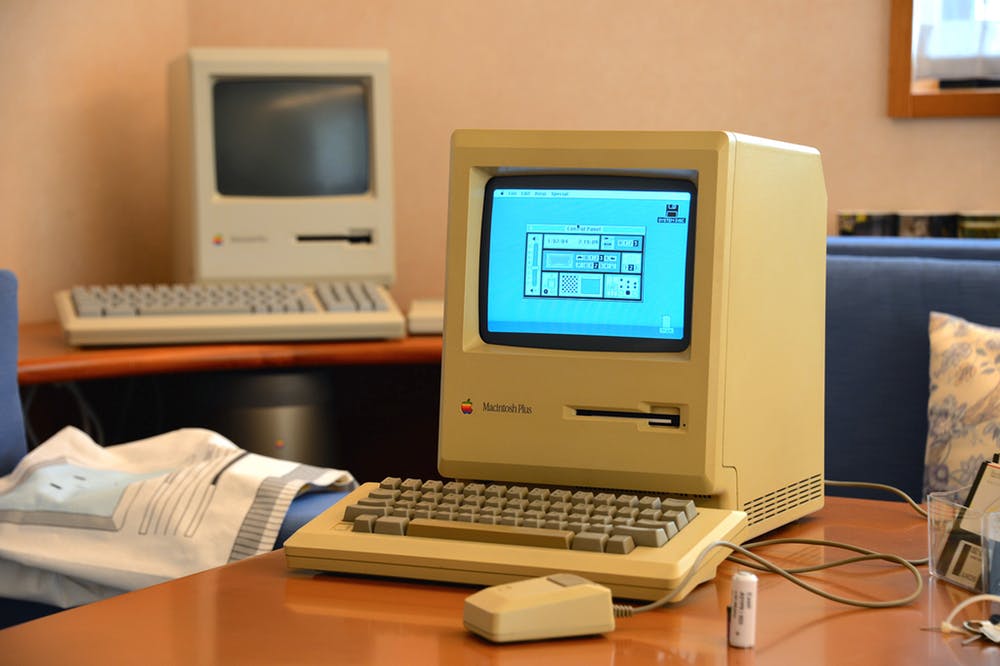
The Macintosh Plus had a screen resolution of 512x342 pixels. Flickr/raneko, CC BY
Affordable computer displays in the 1980s were much too limited to pleasingly render a web page, with resolutions of 640x480 pixels or lower, with crude colours or just black and white. Better screens, starting at 1024x768, first became widely available in the early 1990s.
Only with the appearance of the Mosaic browser in 1993 did the web become appealing, with a pool of about 100 web sites showing how to deliver information in a way that for most users was new and remarkably compelling.
How things have changed.
The online world continues to grow and develop with access today via cable, wireless and mobile handsets. We have internet-connected services in our homes, cars, health services, government, and much more. We live-stream our music and video, and share our lives online.
But the origin of that trend of increasing digitisation of our society lies in those simple beginnings - and the end is not yet in sight.
Up Close With Divine Diamond Firetails
Published June 20, 2019 by BIBY TV
Most of this Diamond Firetail (Stagonopleura guttata) footage was collected during a mid February and mid March 2019 visit to the Capertee Valley, NSW. It’s always a thrill to see these stunning little birds, especially as they are listed as “vulnerable” in NSW. Sadly, both numbers and range have declined. But they appear to be thriving at the filming site – a private property that has undergone habitat restoration since 1994. Indeed, we have seen several species of finch here: Diamond Firetail, Zebra Finch, Double-barred Finch, Red-browed Finch and Plum-headed Finch. The grassy eucalypt woodland (natural and replaced) and paddocks with a mix of grasses (and protective shrubs) are ideal for our video stars and the other finch species. Diversity in grass species, particularly native ones, means that food is available across the seasons. Nonetheless, conditions are sometimes especially favourable. Late summer and autumn were boom times for seed eaters due to exceptional rain in January. Moreover, the summer storms filled dams and various ground depressions. Seed-eaters generally have a high need for water due to their fairly dry diet.
An earlier production showed Diamond Firetails using the main dam on the property, which was the only consistent water supply during a drought-affected 2018. This year (so far) they have four waterholes (and two bird baths) to choose from, albeit slowly receding after some dry months. Luckily for us they were still attracted to the in-ground bird baths near our accommodation. A small portable bird hide clearly did the job as they seemed quite relaxed during filming. Their preening behaviour near the bird baths and elsewhere was also captured.
Note that the footage of the adult Diamond Firetail holding the grass stem was a late irresistible inclusion (filmed in June). Males use grass stems for courtship displays.
Record $10.1 Billion Health Infrastructure Spend
- Commencement of new works John Hunter Hospital ($780 million), the Children’s Hospital at Westmead ($619 million) and Tumut Hospital ($50 million)
- Continuing works at Griffith Hospital, Goulburn Hospital, Hornsby Hospital and Mona Vale Hospital
- New hospital car parks at Liverpool, Shellharbour and Wagga Wagga
- Planning for major projects including Sutherland Hospital, Sydney Children’s Hospitals Network at Randwick and the Comprehensive Children’s Cancer Centre, and Royal Prince Alfred Hospital.
- Other highlights of the health capital works investment for 2019-20 includes continuing work on the Nepean Hospital and Integrated Ambulatory Services redevelopment, the Randwick campus reconfiguration and expansion, the Concord Hospital upgrade and the Campbelltown Hospital redevelopment.
- Two new emergency departments – one for adults and one for children
- Digital operating theatres
- Expanded imaging, pharmacy and logistics
- Additional patient rooms, and
- Education, training and research embedded into every floor.
Record $26.7 Billion To Get It Done In Health
- $2.8 billion to recruit a total of 8,300 frontline health staff over four years.
- $10.1 billion over four years to invest in NSW’s health infrastructure to continue current works and commence upgrading and building a further 29 hospital and health facility projects, as well as ensure compliance with new leasing standards.
- $70 million over four years to provide 35 new free mobile dental clinics allowing access to dental checks and basic dental care for up to 136,000 primary school children in Western Sydney, Mid North Coast and the Central Coast each year.
- $42 million over four years to provide women with greater choice around IVF services and a partnership with the University of NSW for the first state-wide fertility preservation service for young cancer patients at The Royal Hospital for Women.
- $76 million over four years to boost elective surgery, focusing on children and cataract patients, with delivery of an additional 8,000 paediatric operations and 10,000 cataract surgeries in addition to the investment in frontline staff.
- $27.1 million to employ 221 paramedics and call centre staff (second tranche of record 750 workforce announced last year) to improve response times, reduce paramedic fatigue and support safety.
- $23.5 million for mental health to expand the capacity of Lifeline and Kids Helpline over four years.
- $45 million over four years in palliative care for 100 palliative care nurses, Aboriginal health workers, digital health solutions and the refurbishment of existing facilities. This is in addition to a $100 million package for palliative care that was announced as part of the 2017-18 Budget.
- In 2019-20, the Government will invest $2.9 billion in the Health capital program, which includes $148 million from the Ministry of Health’s recurrent expense budget and $78 million for lease acquisitions.
- 5,000 nurses and midwives, including mental health and palliative care nurses;
- 1,060 medical staff including doctors, psychiatrists and specialists; and
- 880 allied health staff including pharmacists, social workers, physiotherapists, occupational therapists and psychologists.
100th Service NSW Centre Opens
- Engadine
- Revesby
- Glenmore Park
- Roselands
- Northmead
- Schofields
- Prestons/Edmondson Park
- Randwick
- North Sydney
- Merrylands.
Distant Processes Influence Marine Heatwaves Around The World
The Evolution Of Puppy Dog Eyes
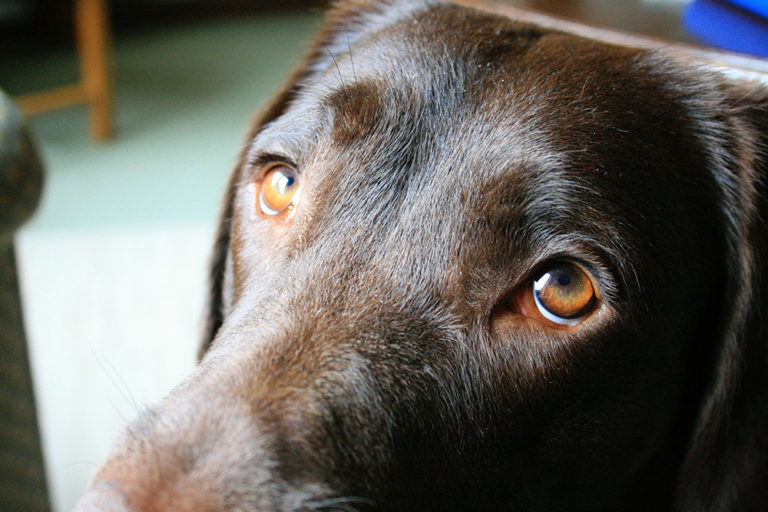
Good Viruses And Bad Bacteria: A World-First Green Sea Turtle Trial
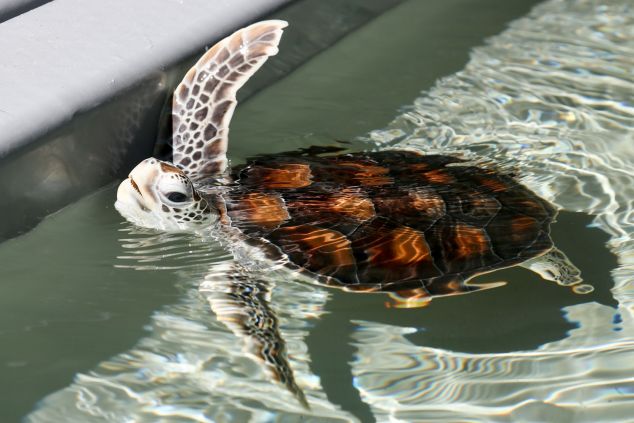
Leaving Microbes Out Of Climate Change Conversation Has Major Consequences
Two Hours A Week Is Key Dose Of Nature For Health And Wellbeing
Researchers Lay Out Plan For Managing Rivers For Climate Change
- Describe key processes in models. Scientists need to better articulate the relationships between ecosystem attributes and water flow patterns.
- Focus management on bottlenecks. Intervene in ways that keep populations from crashing during extreme flows while focusing on the most vulnerable life stages, not just population abundance.
- Be clear about uncertainties. Quantify the level of trust that can be placed in models' predictions, and update models regularly as new data become available.
New 'King' Of Fossils Discovered In Australia
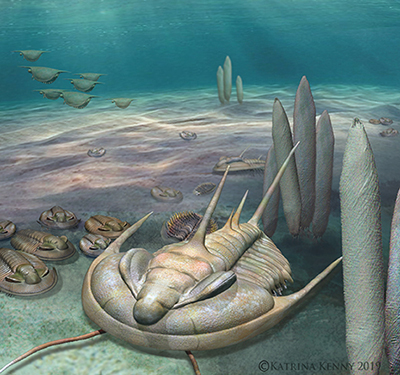
Disclaimer: These articles are not intended to provide medical advice, diagnosis or treatment. Views expressed here do not necessarily reflect those of Pittwater Online News or its staff.